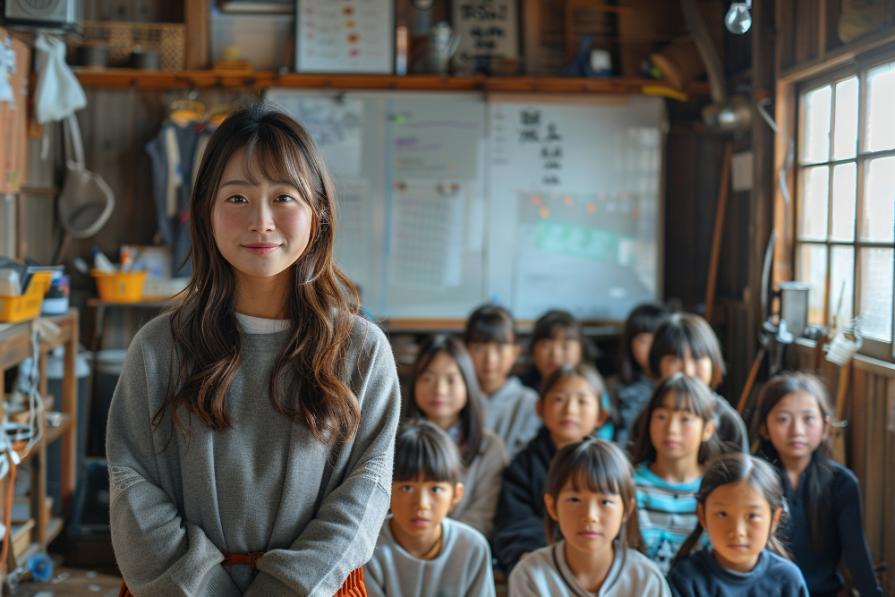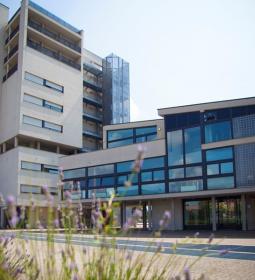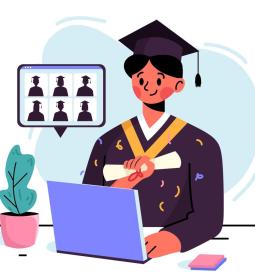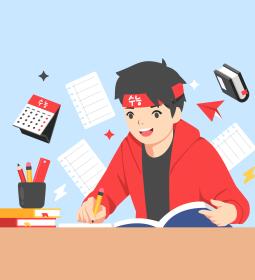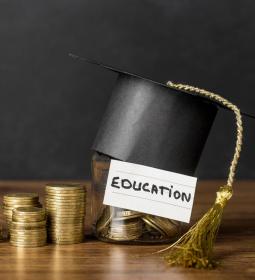In Japan, learning is set up at a very high level, and it begins at a very early age: already in kindergarten, children receive the first important skills, such as the ability to work in a team, basic reading and writing skills, the basics of behavior and discipline. Kindergartens play a special role in the development of the child's personality and his preparation for school.
The Japanese education system includes three main stages: primary, middle and high school.
- Primary school (shōgakko) covers 6 years of study. The main task here is the formation of general knowledge and skills. Primary school students do not have homework and serious work, because the main goal of learning is for children to get a general idea of various areas of knowledge and develop basic learning skills.
- In secondary school (chhugakko), education lasts three years and is a transitional stage during which students have to deal with more complex disciplines and workloads. Children in secondary school no longer only do their homework, but also participate in various projects; there is an opportunity to choose subjects according to your interests.
- High school (kotogakko), which also lasts three years, prepares students for university or employment. In high school, programs become more diverse, students are given the opportunity to choose academic subjects, guided by their preferences and career plans.

Japanese schoolchildren are known for their hard work and are involved in learning almost around the clock: studying, homework, preparing for exams and participating in clubs take up most of the time. In Japan, the academic year consists of three semesters, but even during the holidays, students continue to prepare for exams and write various papers.
Difficulties of Japanese education
A feature of the Japanese education system is exams, which begin to be held from the seventh grade. It is generally accepted that the exam is one of the most difficult stages in the life of schoolchildren in Japan, because based on the results, you can conclude about the future of the student, including his admission to university and high school. Continuing education after school is presented by various options, including private schools and vocational schools. Even though Japanese higher education is highly valued, there is a certain pressure associated with passing entrance tests to prestigious institutions.

Educational centers for preparing for exams, called juku, offer tutoring services in various disciplines. Since the Japanese education system does not guarantee successful passing of exams, all students are in fact required to attend juku and study until late in the evening in order to improve their knowledge.
One of the biggest problems in Japan's education system is the high level of stress and pressure on students, which often leads to psychological distress, even suicide attempts, due to poor exam results. Currently, the government and schools are taking measures to support students and improve their mental health, but the problem is still very urgent, unfortunately.
Extracurricular activities

In Japan, schools are actively developing various circles and clubs, which are called "kai" - they are designed for students to conduct extracurricular activities. For example, kai often simulate parliamentary meetings and summits, which promotes leadership, teamwork, and public speaking skills.
Cost of education
In Japan, education is very expensive, the priority is not public educational institutions, but private ones: they have more opportunities for learning, a variety of resources to provide high-quality education. However, they require significant financial infusions from the families of students, which emphasizes the importance of academic success and high results in exams.

